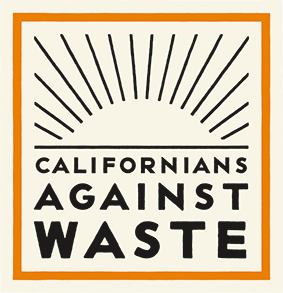Time is Right to Internalize Enviro Cost of CFLs
California's ban on inefficient lighting (which began in January) has effectively meant the end of most incandescent light bulbs. By 2014, that phase out will be complete across the country.
While this transition will be good for the planet in terms of reduced energy consumption and the associated pollution, the most obvious benefit for consumers will be lower costs in the form of lower energy bills and fewer bulb replacements.
The need for legislation to facilitate this seemingly common sense (good for the environment and the economy) transition is our inherently deceptive 'compartmentalized' pricing system. When shopping for lighting consumers see only the unit price of the device, and not the substantially greater cost of the energy that will be needed to power the device over its lifetime. Imagine basing your decision on a cellphone provider plan solely on the price of the phone.
Now that we've made the commitment to next generation lighting, it's time to be honest with consumers and provide them with the full cost of their lighting choice. While compact fluorescent bulbs (CFLs) remain a better economic choice than old energy guzzling incandescent bulbs, there is an end of life management cost associated with CFLs that is hidden from us.
CFLs contain a small amount of toxic mercury. And while they pose no risk when used properly in our homes, the accumulation of tens of thousands of used and inevitably broken CFLs in landfills does present a public health and environmental threat. For this reason, the disposal of used CFLs in the trash is prohibited--though most consumers remain unaware.
And lack of awareness is only half the problem. Opportunities to safely recycle CFLs are few and far between. And of those that do exist, most rely on subsidies from local governments or public utilities to operate.
Over the last 6 years, policy makers and stakeholders have been debating a system for requiring the makers of CFLs to bear responsibility for the development and promotion of a convenient system for recycling CFL's and internalizing the cost of that system into the price of the product (like we've been doing successfully for 20 years with bottles and cans).
Two years ago, after successfully enacting 2008 legislation phasing out incandescent, Assembly Member Jared Huffman (D-Marin) and CAW were successful in putting new legislation (AB 1173) on the Governor's desk that would have required manufacturers and retailers to develop a free and convenient recycling system for CFLs. Unfortunately, that legislation was vetoed by former Governor Arnold Schwarzenegger, in part because some groups were concerned that internalizing the price of recycling into CFL's at the time would slow the transition away from incandescent.
Now that the inefficient incandescent light bulb is effectively dead, it's time to revisit a policy for developing and effective, free and convenient recycling system for the end-of-life management of mercury containing CFLs. There can no longer be any objection to internalizing the cost of that system into the price of CFLs at the time of purchase.
